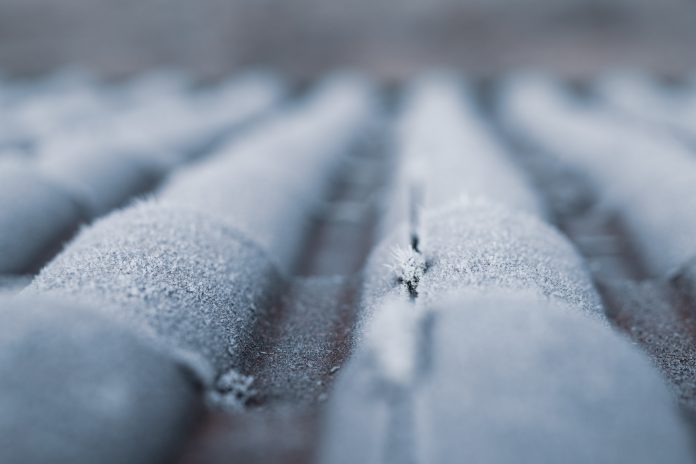Adverse weather conditions can significantly impact your home, especially the roof, which acts as the primary barrier protecting your property. Elements such as heavy rainfall, strong winds, hail, snow, and lightning can inflict various degrees of damage to roofing materials and structure.
While it’s challenging to fully shield your roof during extreme weather, regular inspections by roofing specialists are crucial to identify issues early and implement necessary repairs. Exposure to intense sunlight, blizzards, ice, and hailstones can weaken roofing materials over time, leading to costly structural problems.
● Rain
Although roofing systems are designed to resist rainfall, no roof is entirely waterproof. Over time, heavy and persistent rain combined with inadequate maintenance can cause water damage. Missing, cracked, or improperly installed shingles or tiles are common entry points for water, leading to leaks in your attic and potential mold growth.
Scheduling regular roof inspections—ideally before the rainy season—enables early detection of vulnerabilities, allowing timely repairs that prevent water infiltration and costly structural damage.
● Hail
Hailstones, frozen balls of ice formed during temperature drops, can cause severe damage to roofing materials. While hail protection methods are limited, inspecting your roof immediately following a hailstorm is essential. Hail can create punctures or fractures in shingles and tiles, leading to leaks and structural weaknesses that require prompt repairs.
● Snow
While snow adds aesthetic value during the winter season, accumulated snow can place excessive weight on your roof, risking structural damage or collapse. Additionally, the freeze-thaw cycle often results in ice dams and icicles forming, which can cause leaks and damage shingles. Poor attic ventilation typically exacerbates snow accumulation and ice dam formation. For professional snow damage evaluation and repair, reach out to experts specializing in Austin roof repair.
● Wind
Strong winds—from gusts to hurricanes and tornadoes—pose serious risks to your roof by loosening or tearing off shingles, tiles, and gutters. They can also compromise the roof’s structural framing. An inspection following any significant wind event is advisable, even if visible damage isn’t apparent, especially when nearby trees or shrubbery have been uprooted or blown down.
● Hail Storms
Hailstorms characterized by large, golf ball-sized hailstones frequently cause significant damage to roofing, siding, windows, and doors. These events often lead to the highest number of homeowners’ insurance claims in the U.S., underscoring the importance of timely roof inspections and repairs post-storm.
● Shrubbery
During storms, strong winds can dislodge branches and shrubbery, damaging your roof, siding, windows, and even landscaping. Overhanging trees pose a particular risk as branches can break or scratch roofing materials and clog gutters. Maintain your yard by regularly trimming trees away from your roof. After any windstorm, have a professional roofing contractor assess your roof for damage caused by flying debris.
● Extreme Temperatures
While freezing temperatures combine with snow and ice to undermine roof integrity, extreme heat also poses risks. Prolonged exposure to high temperatures accelerates aging of roofing materials, causing shingles and tiles to deteriorate and leading to discoloration. Thermal expansion and contraction can also damage roof components and affect attic ventilation efficiency, emphasizing the need for weather-resistant materials and ventilation inspection in hot climates.
Bottom Line
Severe weather can result in roof deterioration and costly repairs. Regular roof maintenance and timely repairs of loose or damaged shingles and tiles are essential to prevent more significant issues. Keeping your roof in optimal condition ensures it continues to protect your home effectively against nature’s challenges.
If you’re interested in learning more about Cold Weather, be sure to explore our comprehensive resources in the Exterior category.
In addition to these weather-related concerns, it is important to consider modern roofing materials designed to withstand harsh climates. Advances in roofing technology now offer durable, weather-resistant options such as impact-resistant shingles, reflective coatings, and improved ventilation systems. These innovations not only extend the lifespan of your roof but also enhance energy efficiency and reduce maintenance costs. Homeowners should consult with experienced roofing professionals to select materials best suited for their specific regional climate and weather patterns to maximize protection and durability.

























